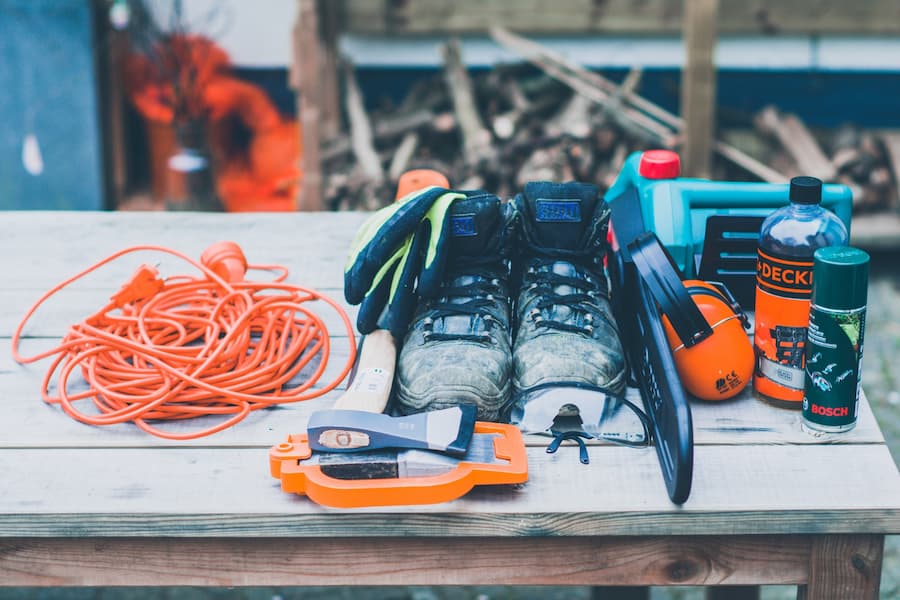How to reduce electrical risks on site

Lead stands are ideal for construction sites and other workplaces where a standalone system is required.
Electrical risks in the workplace
Extension leads, particularly those connected to equipment which is often moved to different areas on your site, can easily be damaged and become a safety risk.
The risks are greatest in harsh conditions, such as wet or cramped areas. Cables that are regularly used in outdoor areas often cop a beating, with portable electrical equipment particularly liable to damage both to plugs and to the cable itself. If you’re working in cramped spaces with earthed metalwork, such as inside a tank or bin, it may be difficult to avoid electrical shock if an electrical fault develops.
What are the recommendations?
Safe Work Australia has a range of resources on electrical safety in the workplace.
General recommendations suggest that electrical cords are arranged so they will not be damaged. This means not running leads across the floor or ground, through doorways or over sharp edges.
Using cable protection ramps or cable covers can help to protect cables and cords, however for construction environments, an extension lead stand is a particularly useful item to keep leads up off the ground and away from potential damage.
The requirements for construction and demolition sites are more specific and these guidelines state that ‘extension leads must supported by stands or insulated hooks on construction sites.’
Extension lead stands are a simple and cost effective way to help mitigate some of the risks associated with using electrical appliances and power tools on site.
What are extension lead stands?
Extension lead stands are used for managing long runs of overhead cables and extension leads. They are made from non-conductive polypropylene and extend up to 2.5 metres with an insulated top piece that can hold many cables, extension cords or even hoses.
Going hand in hand with extension lead stands are insulated cable hangers. These polypropylene hooks can help you arrange cables and cords up off the floor, or support them along roof beams, the exterior of a building and other areas where a lead stand is not practical.
The two can be used in tandem, supporting power cables on a stand and supporting the lengths of cable in the middle with lead hooks.
Using electrical leads with a temporary switchboard
On many sites, your extension cables may be plugged into a temporary switchboard. There are specific ways that these switchboards need to be configured and used on site.
These switchboards must have a cut out in the bottom plate to allow safe entry of electrical leads with the door closed. It’s important to ensure the extension cords and cables flow in the required way in order to comply with AS/NZS 3012.
More information
AS/NZS 3012: 2010 ‘Electrical installations – construction and demolition sites’ is a key resource along with Safe Work Australia’s fact sheet on electrical practices on construction and demolition sites.
 Sign In
Sign In 

